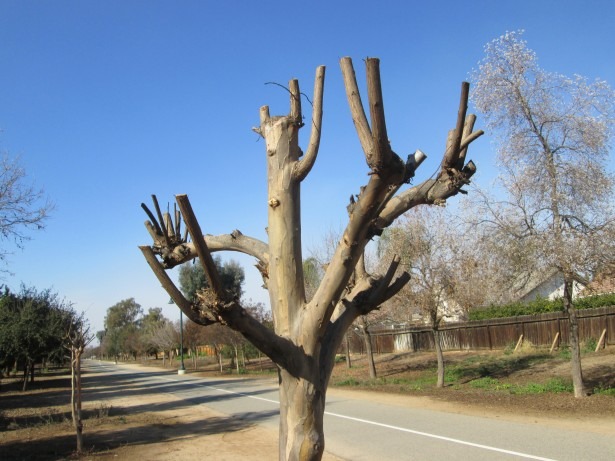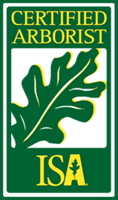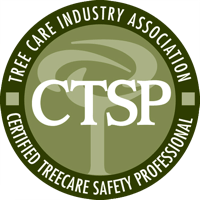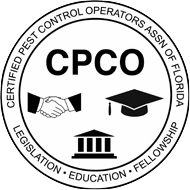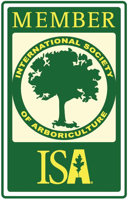What is Hatracking, and How Does it Weaken Trees?
Hatracking, as spelled out in Code 7.3.H.4, is defined as removing more than a fourth of a tree’s canopy. Because tree pruning is permitted only for the health of the tree or safety considerations, hatracking directly contravenes the law. Palm Beach County prohibits hatracking.
Let’s call it what it really is: tree mutilation. – Certified Arborist Mike Zimmerman
What’s Wrong with Hatracking?
Trees do not draw food up through their root system; they depend entirely on their leaves to manufacture food through photosynthesis. When maintenance crews cut off more than a fourth of a tree, they’re actually starving the tree of the nutrition needed for health.
We understand that cutting off all the limbs on trees makes the job easier in the long run, it’s simply not good for the tree itself. So-called “topped” trees are weakened; therefore, more susceptible to fungi, diseases, and pests.
As if starving your trees isn’t bad enough, hatracking also promotes a dense ball of growth from the cut sites, which in turn makes the tree more prone to wind damage during storms and hurricanes.
I see it a lot in Palm Beach because homeowners can do anything they want. I’ve been pushing for years to get an ordinance like (the one in) Broward County, which holds owners and maintenance crews responsible. – Mike Zimmerman
Meanwhile, the law we do have also applies to palms. In fact, it may be easier to just instruct your crews to cut only brown fronds. At the very most, they should leave any fronds on that are perpendicular to the trunk or higher.
In addition to all the above reasons that maintenance crews should stop topping trees, the worst is that it’s just plain ugly! In fact, I think any maintenance worker who hatracks trees should have their chainsaw removed.
Additional Resources
Specialized Palm Tree Treatments in South Florida
Canopy Reduction
Sources
Original Article by Kaki Holt – Why Hatracking Weakens Trees

